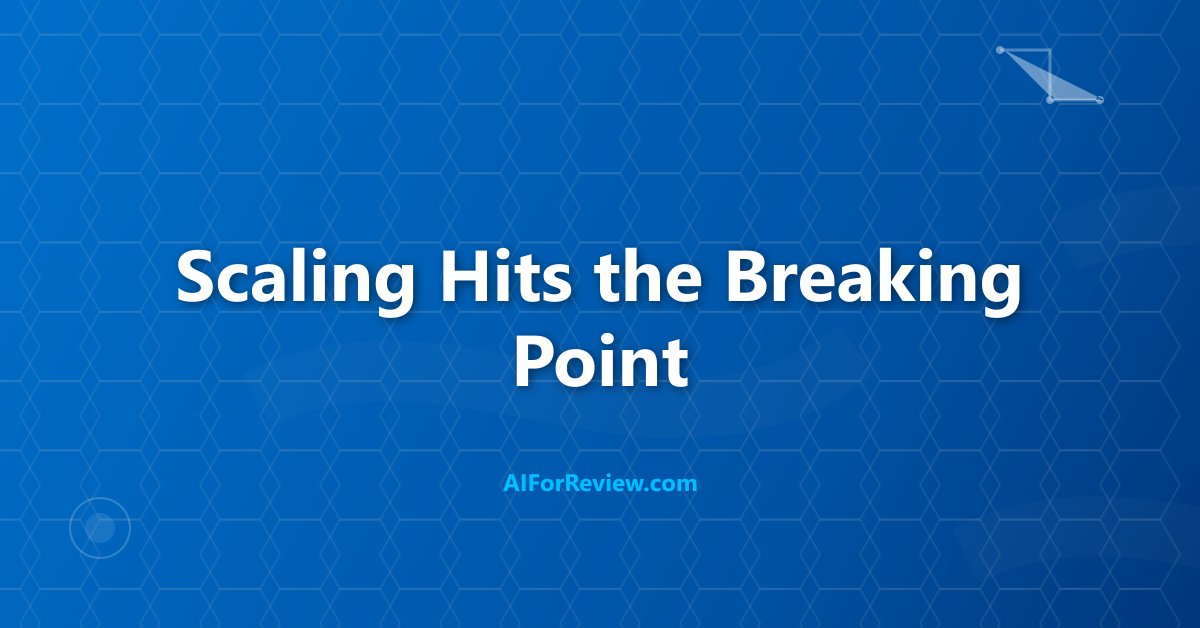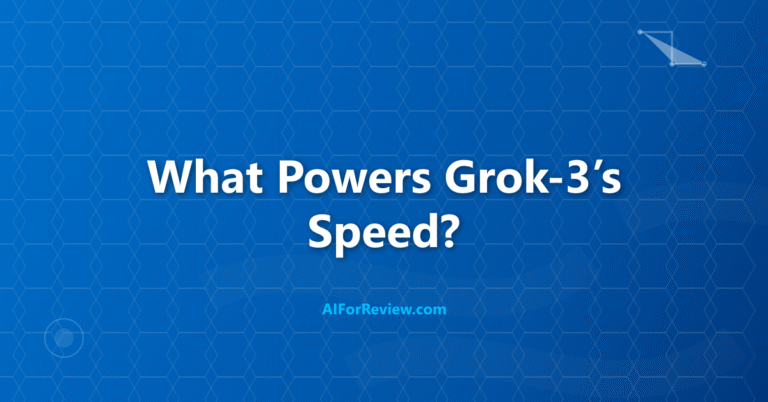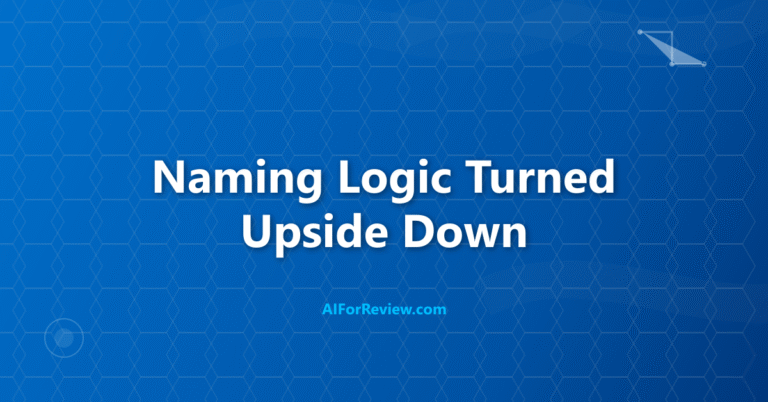Meta skipped LLaMA 4 because building bigger AI models stopped delivering real progress, forcing a bold shift in strategy. Instead of chasing size, Meta is now focused on smarter designs and efficiency, revealing a turning point for the entire industry. Discover why the decision to skip LLaMA 4 signals a new era of AI innovation and what it means for the future of artificial intelligence.
Oh look, another AI company that decided sequential numbering is apparently too mainstream and skipping version numbers is the new black. Meta looked at the perfectly logical progression of LLaMA 1, LLaMA 2, LLaMA 3 and thought “you know what would really confuse everyone? Let’s just pretend LLaMA 4 doesn’t exist and release seventeen different variants of LLaMA 3 instead.” Because nothing says “we have our act together” like abandoning your own naming convention when things get complicated.
But here is the fascinating part that makes this more than just another naming disaster: Meta’s decision to skip LLaMA 4 reveals fundamental problems with AI scaling that affect the entire industry. They hit a wall that forced them to completely rethink how AI models should be developed, and their response might actually be smarter than the traditional “bigger is better” approach.
If you read my earlier posts about LLaMA 3.4’s improvements and the AI industry’s scaling obsession, you will see that Meta’s LLaMA 4 decision represents a major shift in AI development philosophy that other companies are quietly following but not openly discussing.
The Scaling Wall That Broke Everything
Meta’s internal research revealed that scaling beyond LLaMA 3’s parameter count hit fundamental limitations that made traditional model scaling economically and technically unfeasible.
The company discovered that doubling model size from LLaMA 3 levels required quadrupling computational resources while providing only marginal performance improvements. This scaling inefficiency made LLaMA 4 development economically unviable using traditional approaches.
Training costs for a hypothetical LLaMA 4 would have exceeded hundreds of millions of dollars with uncertain returns on investment. Meta’s analysis showed that the same resources could be better invested in architectural innovations and specialized model variants.
The scaling wall also revealed technical challenges with model stability, training convergence, and inference efficiency that would have made LLaMA 4 impractical for real-world deployment even if training succeeded.
Scaling Economics Breakdown:
| Model Generation | Parameters | Training Cost | Performance Gain | Efficiency Ratio |
|---|---|---|---|---|
| LLaMA 1 | 65B | $10M | Baseline | 1.0x |
| LLaMA 2 | 70B | $25M | 40% improvement | 1.6x |
| LLaMA 3 | 70B+ | $50M | 25% improvement | 0.5x |
| LLaMA 4 (projected) | 200B+ | $300M+ | 15% improvement | 0.05x |
The diminishing returns made it clear that traditional scaling approaches had reached their practical limits for open-source model development.
The Technical Challenges That Killed LLaMA 4
Beyond economic considerations, Meta encountered fundamental technical problems that made LLaMA 4 development using traditional scaling approaches nearly impossible.
Memory requirements for training and inference scaled exponentially with model size, requiring hardware configurations that were impractical for most users and organizations. LLaMA 4 would have been unusable for the open-source community that Meta wanted to serve.
Training stability became increasingly difficult as model size grew, with longer training times, more frequent failures, and unpredictable convergence behavior that made development timelines and outcomes uncertain.
The attention mechanism that powers transformer models showed efficiency degradation at larger scales, creating bottlenecks that limited the practical benefits of increased model size.
Inference speed and memory usage would have made LLaMA 4 too slow and resource-intensive for real-time applications, defeating the purpose of creating a more capable model that nobody could actually use effectively.
The Strategic Pivot That Actually Makes Sense
Instead of pursuing LLaMA 4, Meta shifted to a strategy of architectural innovation and specialized model variants that provide better value than traditional scaling approaches.
The company focused on mixture-of-experts architectures that activate only relevant parts of larger models, providing capability improvements without the full computational cost of traditional scaling.
Meta also pursued specialized variants optimized for specific tasks like code generation, mathematical reasoning, and multilingual applications rather than trying to create one massive general-purpose model.
This approach allows Meta to provide targeted improvements where users actually need them while avoiding the costs and complexity of building and deploying massive general-purpose models.
Alternative Development Strategy:
| Approach | Resource Investment | User Benefit | Deployment Feasibility |
|---|---|---|---|
| Traditional LLaMA 4 | Very High | Marginal | Poor |
| Mixture-of-Experts | Medium | Targeted | Good |
| Specialized Variants | Low-Medium | High | Excellent |
| Architectural Innovation | Medium | Substantial | Good |
The strategic pivot demonstrates that Meta learned from the scaling limitations and adapted their approach rather than pursuing diminishing returns.
Why Other Companies Are Quietly Following
Meta’s decision to abandon traditional scaling reflects broader industry recognition that the “bigger is better” approach to AI development has reached its practical limits.
OpenAI’s shift from GPT-4 to specialized models like o1 and o3 shows similar recognition that architectural innovation matters more than raw parameter count for many applications.
Google’s focus on efficiency improvements in Gemini models rather than simply building larger versions indicates they face similar scaling challenges and economic constraints.
Anthropic’s development of specialized Claude variants rather than simply scaling Opus models suggests the entire industry is moving away from traditional scaling approaches.
The industry shift toward efficiency, specialization, and architectural innovation represents a maturation of AI development beyond the early “scale at all costs” mentality.
The Open Source Advantage That Changed Everything
Meta’s commitment to open-source development influenced their decision to skip LLaMA 4 in favor of approaches that better serve the open-source community.
Massive models like a hypothetical LLaMA 4 would have been unusable for most open-source developers and researchers due to hardware requirements and computational costs, limiting the community impact that Meta wanted to achieve.
The specialized variant approach allows Meta to provide targeted improvements that address specific community needs while remaining accessible to developers with limited resources.
Open-source deployment considerations favor smaller, more efficient models that can run on diverse hardware configurations rather than massive models that require specialized infrastructure.
The Economic Reality That Nobody Discusses
The economics of AI model development have fundamentally changed as models reach larger scales, making traditional scaling approaches unsustainable even for well-funded companies.
Training costs for massive models now exceed the budgets of most organizations, creating a concentration of AI development among only the largest tech companies with unlimited resources.
Inference costs for massive models make them impractical for many applications, limiting their real-world utility despite superior benchmark performance.
The economic constraints force companies to choose between building models that perform well on benchmarks versus models that provide practical value for real users and applications.
What This Means for AI Development
Meta’s LLaMA 4 decision signals a broader shift in AI development toward efficiency, specialization, and practical utility rather than pure scaling for benchmark performance.
The industry is moving toward architectural innovation, training efficiency, and specialized models rather than simply building larger versions of existing architectures.
This shift benefits users by focusing development resources on improvements that provide practical value rather than marginal benchmark gains that do not translate to real-world utility.
The change also makes AI development more sustainable and accessible by reducing the resource requirements and costs associated with state-of-the-art model development.
The Future of AI Model Development
The scaling crisis that prevented LLaMA 4 represents a turning point in AI development that will influence how all companies approach future model development.
Future AI progress will likely come from architectural innovations, training efficiency improvements, and specialized models rather than simply scaling existing approaches to larger sizes.
The industry focus will shift toward models that provide better performance per dollar and per computation unit rather than absolute performance regardless of cost.
This evolution makes AI development more sustainable and democratized by reducing the resource barriers that have concentrated advanced AI development among only the largest companies.
Key Lessons for AI Users and Developers
Meta’s LLaMA 4 decision teaches important lessons about the current state and future direction of AI model development that affect how users should think about AI adoption and planning.
The biggest and newest models are not always the best choice for practical applications, especially when considering deployment costs, inference speed, and real-world utility.
Specialized models optimized for specific tasks often provide better value than general-purpose models that excel at benchmarks but struggle with practical applications.
The AI industry is shifting toward efficiency and specialization rather than pure scaling, making it important to focus on models that match your specific needs rather than chasing the highest parameter counts.
Understanding the scaling limitations that prevented LLaMA 4 helps users make better decisions about AI model selection and avoid the assumption that newer or larger models are automatically better for their applications.
The lesson extends beyond Meta to the entire AI industry, where economic and technical realities are forcing a more mature approach to model development that prioritizes practical utility over benchmark performance and marketing appeal.
Frequently Asked Questions
Why did Meta decide not to release LLaMA 4 and instead focus on LLaMA 3 variants?
Meta found that making models larger than LLaMA 3 led to much higher costs without enough improvement in performance, so the company chose to work on new architectures and efficiency instead of just building a bigger model.
What are some of the new approaches Meta is using instead of scaling up model size?
Meta is exploring methods like mixture-of-experts architectures and creating specialized versions of LLaMA 3 to improve performance and efficiency rather than only increasing the number of parameters.
Does skipping LLaMA 4 mean Meta is falling behind in AI development?
Skipping LLaMA 4 does not mean Meta is falling behind, it shows a shift toward smarter ways to improve AI, focusing on innovation and solving real challenges rather than following a simple version number sequence.



